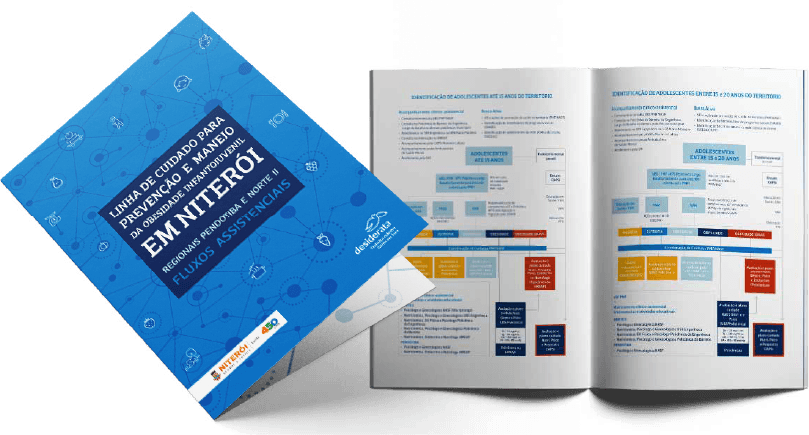Childhood and adolescent obesity
Childhood obesity is a multifactorial condition that has become a serious public health problem worldwide. In 2020, the World Obesity Federation estimated that 158 million children older than five years were overweight. It has been estimated that 254 million children and adolescents worldwide will be overweight in the next decade. In Brazil, the Food and Nutrition Surveillance System indicates that nearly 31% of the children and adolescents seen in SUS primary healthcare units in 2022 were overweight.
Obesity is a risk factor for diabetes and heart and respiratory diseases during childhood and in adulthood, affecting the quality of life and proper development of children and adolescents and placing a burden on the healthcare system. Taking action to reduce the growing number of obesity cases has been even a greater challenge due to the health, political, and economic crises that resulted from the COVID-19 pandemic. Social inequalities were aggravated by the pandemic, consequently increasing food and nutritional insecurity (FNI). FNI encompasses concerns or uncertainties about access to and consumption of certain foods and also their complete lack in the household. During the pandemic, children and adolescents were the most affected by inadequate access to good-quality nutrition.
In recent years, the double burden of malnutrition, closely related to FNI in its different degrees, has been observed. This double burden consists of the coexistence of undernutrition, nutritional deficiencies, overweight, and obesity, and it worsened with the health crisis.
Desiderata undertakes integrated actions to raise awareness among public administrators and to promote the adoption of public policies for the prevention and treatment of childhood obesity, including knowledge production and dissemination, data monitoring, mobilization efforts, and advocacy actions in the legislative and executive branches.











